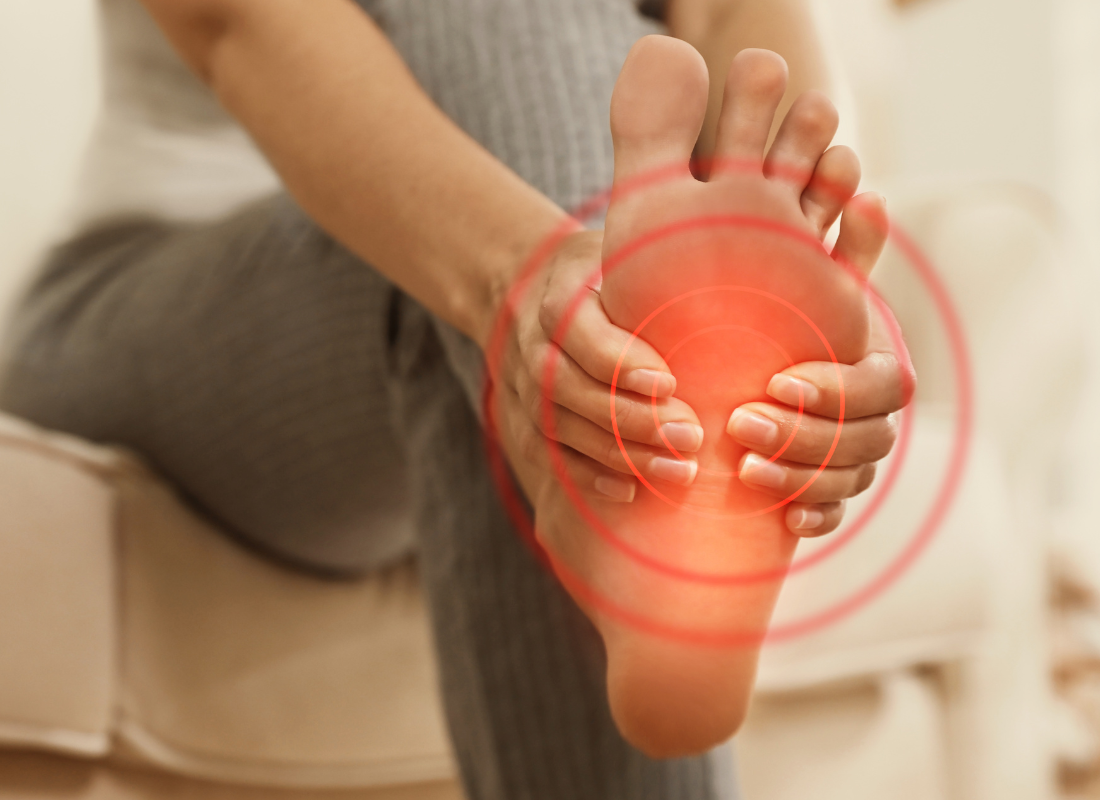Why Laparoscopic Cholecystectomy is the Best Treatment for Gallstones?
What is referred to as laparoscopic cholecystectomy?
With a laparoscopic cholecystectomy, your gallbladder is taken out.
A few small cuts are made on the right side of your abdomen by the doctor (belly). A laparoscope is a thin tube with a camera on the end that the surgeon puts in through one cut. This shows on a screen where your gallbladder is. The gallbladder is then taken out through a small cut in the abdomen.
Less damage is done during a laparoscopic cholecystectomy than during an open cholecystectomy. This other way to get rid of the gallbladder involves making a bigger cut.
What is gallbladder?
The signs that indicate gallbladder abnormalities are:
Here are some signs that something is wrong with your gallbladder and you might need a cholecystectomy:
Bloating:
If your gallbladder is sick, the bile might not work right or get stuck, which can make you feel bloated.
Nausea:
Feeling sick while eating or at other times during the day can also be a sign of a problem with the gallbladder.
Vomiting:
If you throw up after a normal meal, it could mean that your gallbladder isn't working right.
Pain in the area:
Gallbladder problems can cause sharp pain in the upper right part of the abdomen. Pain can also spread to the middle of the stomach, the right shoulders, or the back.
The procedure involved in the laparoscopic cholecystectomy:
Here are the major laparoscopic cholecystectomy steps, before the procedure, you change into a hospital gown. Then, you get an IV so that your doctor can give you fluids and medicines through it. You are given general anaesthesia, which puts you to sleep so that you don't feel any pain before or during the surgery. A tube is put down your throat and hooked up to a machine that helps you breathe.
For the laparoscopic cholecystectomy surgery, your doctor will make four small cuts in your stomach. They make these cuts so that a tube with a small, lit camera can be guided into your abdomen.
Then, while looking at a monitor that shows what the camera sees, they move other tools through the cuts.
So that the surgeon has room to work, gas is pumped into your abdomen. Through the cuts, your gallbladder is taken out.
After your surgeon takes out your gallbladder, they use a special X-ray to check for problems in your bile duct. This method is called cholangiography done during laparoscopic cholecystectomy surgery. This shows if there are any problems with the remaining structures of the bile duct, like a bile stone, that your surgeon may need to remove.
When your surgeon is happy with the results, they will sew up the cuts and put on a bandage. After the surgery, you are taken to a room to get over the effects of the anaesthesia. Your vital signs are always being closely watched.
Most people are able to go home later that same day after surgery.
What happens after the procedure?
When you eat after having your gallbladder removed, you may have mild and rare side effects, like diarrhoea.
When you wake up and feel better, you'll be told to go for a walk. Your doctor will tell you when you can do most of the things you normally do. It usually takes about a week to get back to normal life.
You need to take care of your cuts while you are healing. This means washing them the right way. The day after surgery, most people can take a shower.
The benefits of undergoing a laparoscopic cholecystectomy:
Your doctor or surgeon will decide if you should have an open cholecystectomy or a laparoscopic cholecystectomy. Several things are good about the laparoscopic cholecystectomy in coimbatore:
Less pain.
Low risk of complications.
Quick recovery and return to regular activities.
Smaller wounds and scars.
The steps to recovery after laparoscopic cholecystectomy:
Most of the time, you can go home the same day as your laparoscopic cholecystectomy if there are no problems. You might have to stay in the hospital for a day or two after an open cholecystectomy. Laparoscopic cholecystectomy recovery time is usually only a few weeks to a month.
Tips to take care after the surgery:
Do the following to help yourself get better after surgery:
Avoid lifting heavy things.
Drink plenty of water.
Fiber-rich meals can aid digestion and bowel movements (pooping).
Follow your doctor's advice about how to treat your wounds and how to take your medicine.
Gradually increase your activity.
Preventing blood clots by walking a little each day.
When to go back to normal activities?
You should be able to drive and eat normally in a day or two if nothing goes wrong. You can usually go back to work and other daily activities in about a week, as long as they don't involve lifting. You might not be able to move around for a week or two.
When to seek medical help after the surgery?
If any of the following happen after you get home, you should call your doctor right away:
Chills.
Abdominal cramps or severe pain.
High fever.
Issues associated with the incision, such as bleeding, swelling, redness, or an unpleasant odor.
No bowel movement for three days.
Vomiting.
Yellow skin.
Outlook of the procedure:
Gallstones can hurt a lot and be harmful. With laparoscopic cholecystectomy, the gallbladder is taken out and gallstones don't come back. Most people are fully better in just a few weeks after the minimally invasive surgery. Post operative care for cholecystectomy is usually simple and does not involve many restrictions. But if you have any problems after surgery, you should call your doctor.
.png)



Comments
Post a Comment